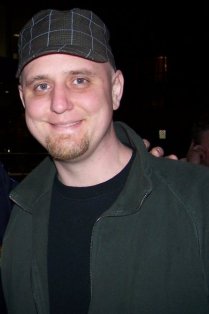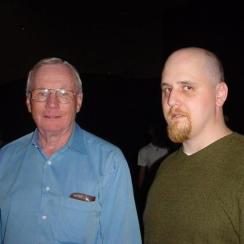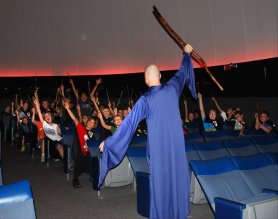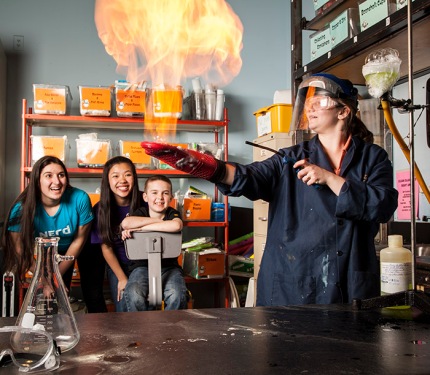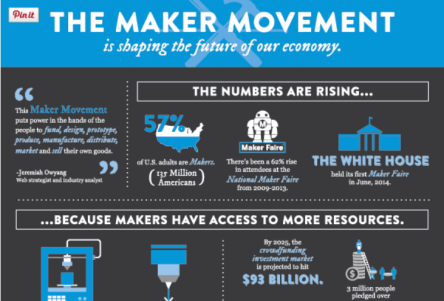ANGELA M. SHAFFER

Are you still searching for the perfect holiday gifts for your friends and family? The Discoveries Gift Shop at the Boonshoft Museum of Discovery offers thousands of educational, fun, and unique items for everyone on your list! Whether you’re searching for hands-on science and robot kits, striking rock and fossil specimens, colorful plush pieces, or even a Star Wars™ Death Star™ serving platter, we’ve got you covered!
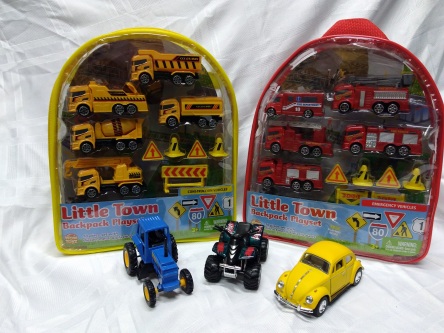 Our knowledgeable, friendly Guest Services staff is always happy to help you choose the perfect gift. Visit us anytime the Museum is open (9 a.m. – 5 p.m. Monday-Saturday and noon-5 p.m. on Sunday); you may shop anytime in the Discoveries Shop without paying general admission.
Our knowledgeable, friendly Guest Services staff is always happy to help you choose the perfect gift. Visit us anytime the Museum is open (9 a.m. – 5 p.m. Monday-Saturday and noon-5 p.m. on Sunday); you may shop anytime in the Discoveries Shop without paying general admission.
Just in time for the busy holiday shopping season, here are some of our most popular items and staff favorites, organized by price. Happy holidays!
Stocking stuffers under $5.00
We have a plethora of fun stocking stuffers at affordable prices. A perennial favorite is astronaut ice cream, in delicious flavors like mint chocolate chip and cinnamon apple wedge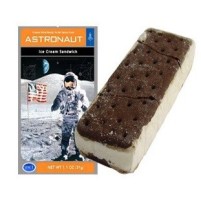 s. Other bestsellers include bright Ty™ plush clips for accessorizing backpacks and jackets, sparkling crack-open geodes and amethyst and citrine specimens, earthy rock and mineral dig kits, slimy Mars mud and Pluto plasma, and slippery water snakes—all priced at $4.99 or less!
s. Other bestsellers include bright Ty™ plush clips for accessorizing backpacks and jackets, sparkling crack-open geodes and amethyst and citrine specimens, earthy rock and mineral dig kits, slimy Mars mud and Pluto plasma, and slippery water snakes—all priced at $4.99 or less!
Stocking stuffers under $10.00
You’ll find lots to of unique plush pieces in the Discoveries Shop, and we carry several smaller pieces, including super-soft otters, meerkats, and sloths. If you’ve got a little one who loves to play with diecast toys, we’ve got those, too, including trains, police cars, planes, and tractors. You can fill a branded drawstring bag with rocks or magnet stones to give to a young geologist, or you can gift a robot claw to a young explorer!
Gifts under $20.00
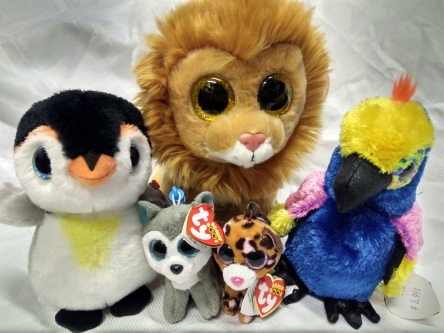 We carry a wide variety of DIY science kits for less than $20.00, so stock up for all of the budding astronomers, paleontologists, and scientists on your list! Just in time the holidays, new Ty Gear™ plush backpacks are available in a variety of styles. You’ll also find ant farms, large plastic dinosaurs, mermaid-and fairy-making kits, and backpacks full of themed diecast toys!
We carry a wide variety of DIY science kits for less than $20.00, so stock up for all of the budding astronomers, paleontologists, and scientists on your list! Just in time the holidays, new Ty Gear™ plush backpacks are available in a variety of styles. You’ll also find ant farms, large plastic dinosaurs, mermaid-and fairy-making kits, and backpacks full of themed diecast toys!
Gifts under $50.00
For less than $50.00, there are several truly unique options in the Discoveries Shop. The Inclocknito and Spy Science Money Safe kits allow kids to keep their treasures safe, while our brand-new Scientific Robot kit offers many experiments and learning opportunities in one convenient package. Dinosaur table lamps offer a cool way to light up the night, and impressive pizza and space station playsets will bring hours of imaginative play to the creative kids on your list. And don’t forget the large Ty™ Beanie Boos™ and Beanie Babies™, which promise hours of colorful cuddling fun!
$50.00, there are several truly unique options in the Discoveries Shop. The Inclocknito and Spy Science Money Safe kits allow kids to keep their treasures safe, while our brand-new Scientific Robot kit offers many experiments and learning opportunities in one convenient package. Dinosaur table lamps offer a cool way to light up the night, and impressive pizza and space station playsets will bring hours of imaginative play to the creative kids on your list. And don’t forget the large Ty™ Beanie Boos™ and Beanie Babies™, which promise hours of colorful cuddling fun!
Adults
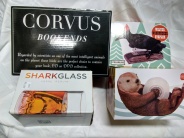 What do you buy for the guy or gal who has everything? A Bigfoot action figure or scarf, of course, or perhaps Star Wars™ salt-and-pepper shakers or that Death Star™ serving platter! Pass the time by completing a puzzle featuring the periodic table of the elements or beautiful gemstones; keep the time with a cool galaxy-print (or, yes, Star Wars™-themed) wall clock. Cozy socks in a variety of fun animal designs help keep cold winter feet warm; cold winter mornings are made a little more bearable when hot coffee or tea is sipped from a handwarmer animal mug. And office work always goes a little faster when you have a woodpecker stapler or otter tape dispenser by your side.
What do you buy for the guy or gal who has everything? A Bigfoot action figure or scarf, of course, or perhaps Star Wars™ salt-and-pepper shakers or that Death Star™ serving platter! Pass the time by completing a puzzle featuring the periodic table of the elements or beautiful gemstones; keep the time with a cool galaxy-print (or, yes, Star Wars™-themed) wall clock. Cozy socks in a variety of fun animal designs help keep cold winter feet warm; cold winter mornings are made a little more bearable when hot coffee or tea is sipped from a handwarmer animal mug. And office work always goes a little faster when you have a woodpecker stapler or otter tape dispenser by your side.
Visit the Discoveries Gift Shop today and let us help you choose the perfect holiday gifts!
Angela M. Shaffer is the Senior Manager, Guest Services and Database Management at the Boonshoft Museum of Discovery.

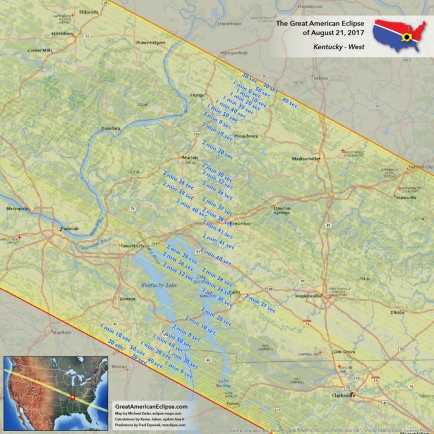

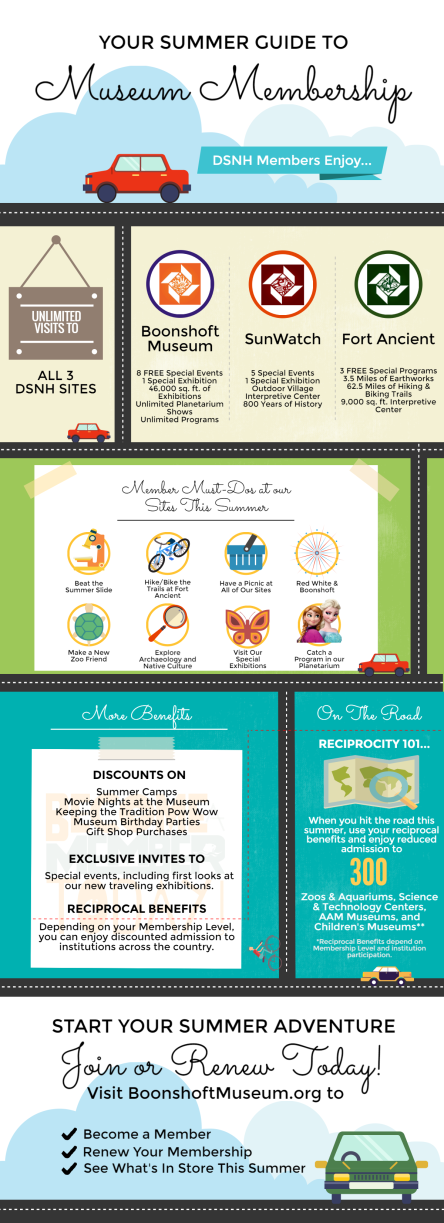



 The first female African American astronaut in space, Mae Jemison is a favorite of our Astronomy Department and Museum Educator, Robin Ramsey. In 1992 from September 12 to 20, Jemison flew into space aboard the Endeavour as a mission specialist. Her love for the sciences as a child followed her through her adulthood, as she attended Stanford University and received a bachelor degree in chemical engineering and then attended Cornell Medical College. Jamison was not only the first African American female astronaut in space, she is our favorite kind of philanthropist, creating the Dorothy Jemison Foundation for Excellence, which encourages children’s interests in science!
The first female African American astronaut in space, Mae Jemison is a favorite of our Astronomy Department and Museum Educator, Robin Ramsey. In 1992 from September 12 to 20, Jemison flew into space aboard the Endeavour as a mission specialist. Her love for the sciences as a child followed her through her adulthood, as she attended Stanford University and received a bachelor degree in chemical engineering and then attended Cornell Medical College. Jamison was not only the first African American female astronaut in space, she is our favorite kind of philanthropist, creating the Dorothy Jemison Foundation for Excellence, which encourages children’s interests in science!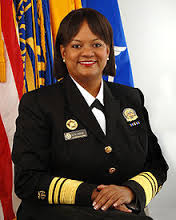 Tiarra Callahan, our Special Events Coordinator admires Regina Benjamin, humanitarian and U.S. Surgeon General from 2009-2013.
Tiarra Callahan, our Special Events Coordinator admires Regina Benjamin, humanitarian and U.S. Surgeon General from 2009-2013.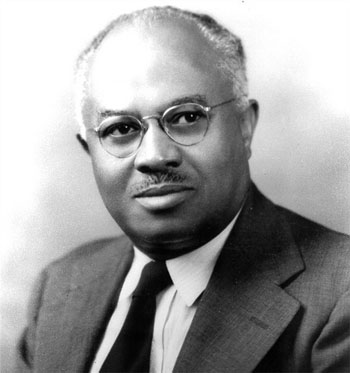 Certainly, our Live Animals Department are huge fans of all-things-animals, but one of our Keepers, Steve, is a big fan of Emmett W. Chappelle.
Certainly, our Live Animals Department are huge fans of all-things-animals, but one of our Keepers, Steve, is a big fan of Emmett W. Chappelle. Jeff White, the Boonshoft Museum of Discovery Springfield’s site manager is not only an educator he is a trained archaeologist—so naturally, he admires Associate Professor of Anthropology, Theresa Singleton. She was the first African-American to receive a PhD with a concentration in archaeology and the first African American to receive a J.C. Award in Historical Archaeology. Singleton specializes in Historical Archaeology, African American History & Culture, Slavery in plantation America, and Archaeology of the African Diaspora.
Jeff White, the Boonshoft Museum of Discovery Springfield’s site manager is not only an educator he is a trained archaeologist—so naturally, he admires Associate Professor of Anthropology, Theresa Singleton. She was the first African-American to receive a PhD with a concentration in archaeology and the first African American to receive a J.C. Award in Historical Archaeology. Singleton specializes in Historical Archaeology, African American History & Culture, Slavery in plantation America, and Archaeology of the African Diaspora.